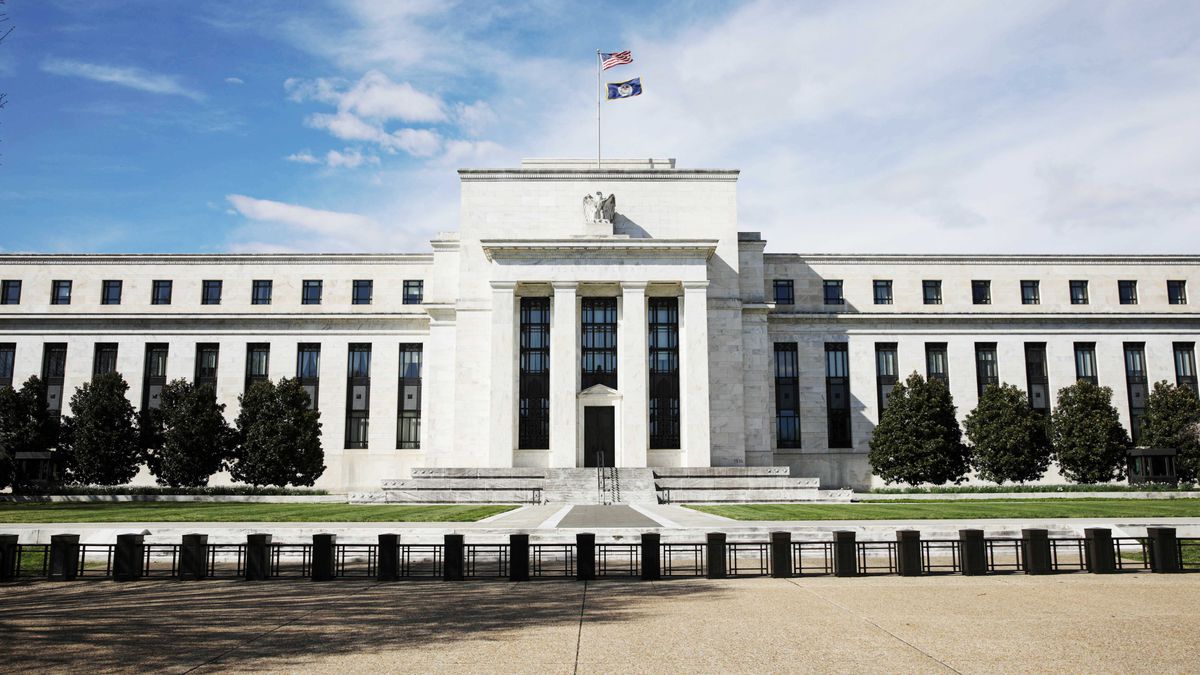Fed Signals Shift Toward Neutral Monetary Policy as Economy Remains Strong
03.10.2024 11:30 1 min. read Kosta Gushterov
U.S. Federal Reserve Chair Jerome Powell envisions a shift toward a more “neutral stance” in future monetary policy.
Speaking at an economic conference in Nashville this week, Powell described the overall state of the economy as “strong.” He emphasized that the Fed faces comparable risks in its dual objectives of curbing inflation while sustaining a robust labor market.
The recent decision to lower the policy rate by 50 basis points reflects increased confidence that, with a suitable adjustment in policy, the strength of the labor market can be preserved alongside moderate economic growth and a sustainable decline in inflation toward the 2% target.
Looking ahead, Powell indicated that if the economy unfolds as anticipated, the Fed’s policies will gradually align with a more neutral approach.
However, he stressed that there are no fixed plans, as the risks involved are two-sided. The Fed will continue to make decisions based on the data, evolving economic outlook, and the balance of risks, reinforcing the overall stability of the economy with the available tools.
Notably, the Fed reduced interest rates last month for the first time since March 2020, with the U.S. inflation rate recorded at 2.5% in August.
-
1
Robert Kiyosaki Predicts 2025 “Super-Crash,” Urges Hoarding Gold, Silver, and Bitcoin
23.06.2025 13:31 2 min. read -
2
Billionaire Slams Meme Stock Hype and Sounds Alarm on U.S. Fiscal Health
15.06.2025 18:00 2 min. read -
3
Nassim Taleb Says Global Trust Is Shifting from the Dollar to Gold
22.06.2025 17:00 1 min. read -
4
Billionaire Investor Sees Dollar Crash If Key Support Breaks
18.06.2025 15:00 1 min. read -
5
Geopolitical Shockwaves Hit Ethereum Hard While Bitcoin Stays Resilient
22.06.2025 16:21 1 min. read
Robert Kiyosaki Predicts When The Price of Silver Will Explode
Robert Kiyosaki, author of Rich Dad Poor Dad, has issued a bold prediction on silver, calling it the “best asymmetric buy” currently available.
U.S. PCE Inflation Rises for First Time Since February, Fed Rate Cut Likely Delayed
Fresh data on Personal Consumption Expenditures (PCE) — the Federal Reserve’s preferred inflation gauge — shows inflation ticked higher in May, potentially delaying the long-awaited Fed rate cut into September or later.
Trump Targets Powell as Fed Holds Rates: Who Could Replace Him?
Federal Reserve Chair Jerome Powell is once again under fire, this time facing renewed criticism from Donald Trump over the Fed’s decision to hold interest rates steady in June.
U.S. National Debt Surge Could Trigger a Major Crisis, Says Ray Dalio
Billionaire investor Ray Dalio has sounded the alarm over America’s soaring national debt, warning of a looming economic crisis if no action is taken.
-
1
Robert Kiyosaki Predicts 2025 “Super-Crash,” Urges Hoarding Gold, Silver, and Bitcoin
23.06.2025 13:31 2 min. read -
2
Billionaire Slams Meme Stock Hype and Sounds Alarm on U.S. Fiscal Health
15.06.2025 18:00 2 min. read -
3
Nassim Taleb Says Global Trust Is Shifting from the Dollar to Gold
22.06.2025 17:00 1 min. read -
4
Billionaire Investor Sees Dollar Crash If Key Support Breaks
18.06.2025 15:00 1 min. read -
5
Geopolitical Shockwaves Hit Ethereum Hard While Bitcoin Stays Resilient
22.06.2025 16:21 1 min. read


